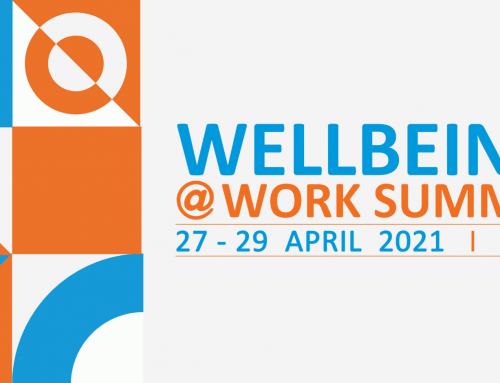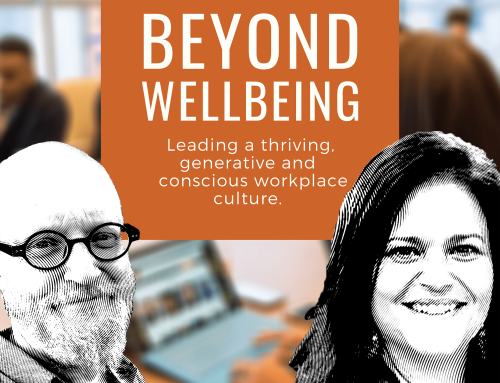In the corporate world, the concept of mindfulness is becoming one of the latest buzz words, a shiny tool that that is being pitched as a possible solution to the growing number of stress-related absences in the workplace.
According to the CIPD’s Absence Management research published in October 2014, 2/5ths of organisations polled, have seen an increase in stress-related absence with workload being the number one cause, followed by family relationships.
So this more mainstream interest in mindfulness meditation is resulting in increasing numbers of apps being designed to ‘remind us to meditate’ and help us integrate mindfulness into our daily lives. I am seeing this a lot now in the workplace, with smartphones pinging in meetings, reminding their owners to stop and experience the moment. Sometimes, though, it’s having the opposite effect, becoming another task on a swelling to do list!
So is the hype justified?
Well, more and more data is coming out to prove what ancient, eastern wisdom has known for centuries , that meditation and other contemplative practices do help our bodies to relax, restore and recover, and there’s a relationship between individuals who meditate regularly and their wellbeing.
On a personal level, it has taken me a long, long while to incorporate meditation into my daily rituals, not because i haven’t been aware of the benefits for some time, but because I have been focused on other things; this was a new thing and I didn’t know how and where to start. That changed relatively recently when I discovered a resource from Tara Brach, full of guided meditations, on so many topics.
Thanks to Tara, meditation is now a daily practice for me and Tara is one of the first people i listen to in the morning, before i dive into the news (which is usually negative) and my intentions for the day. Tara helps me relax, focus and get balanced.
I also found this useful infographic entitled ‘Mindful Meditation? Living in the moment’ which does a good job explaining the history, science behind meditation and the mental and physical benefits of mindfulness.
Of course, not everyone is ready for Mindful meditation, and certainly this was the feedback that one HR lady gave me after we both heard about more enlightened workplaces that run mindfulness classes and sessions for their employees at the Workplace Wellbeing and Stress Summit last week.
‘My, largely male, middle-aged workforce, would find mindfulness too woo woo to take it seriously’, she explained.
That’s doesn’t necessarily mean that some of the employees might be interested in engaging, as long as it’s framed in the right way to connect with that audience.
So whether you’re looking to boost your own wellbeing, or champion wellbeing interventions for your family or employees, meditation is certainly one, very useful tool in the wellbeing toolkit.
Tara has helped me a great and she can help you too, so take action now by visiting Tara’s website;
- selecting one of her shorter meditations, for say 10 mins
- Listen to it everyday for one week
- Then note down how you feel, and let me know in the comments section below or via email at lawrence@getrawenergy.co.
I also find that experiencing a wellbeing practice as an individual and seeing the benefits first hand helps enormously to be able to champion it to larger groups of people.








